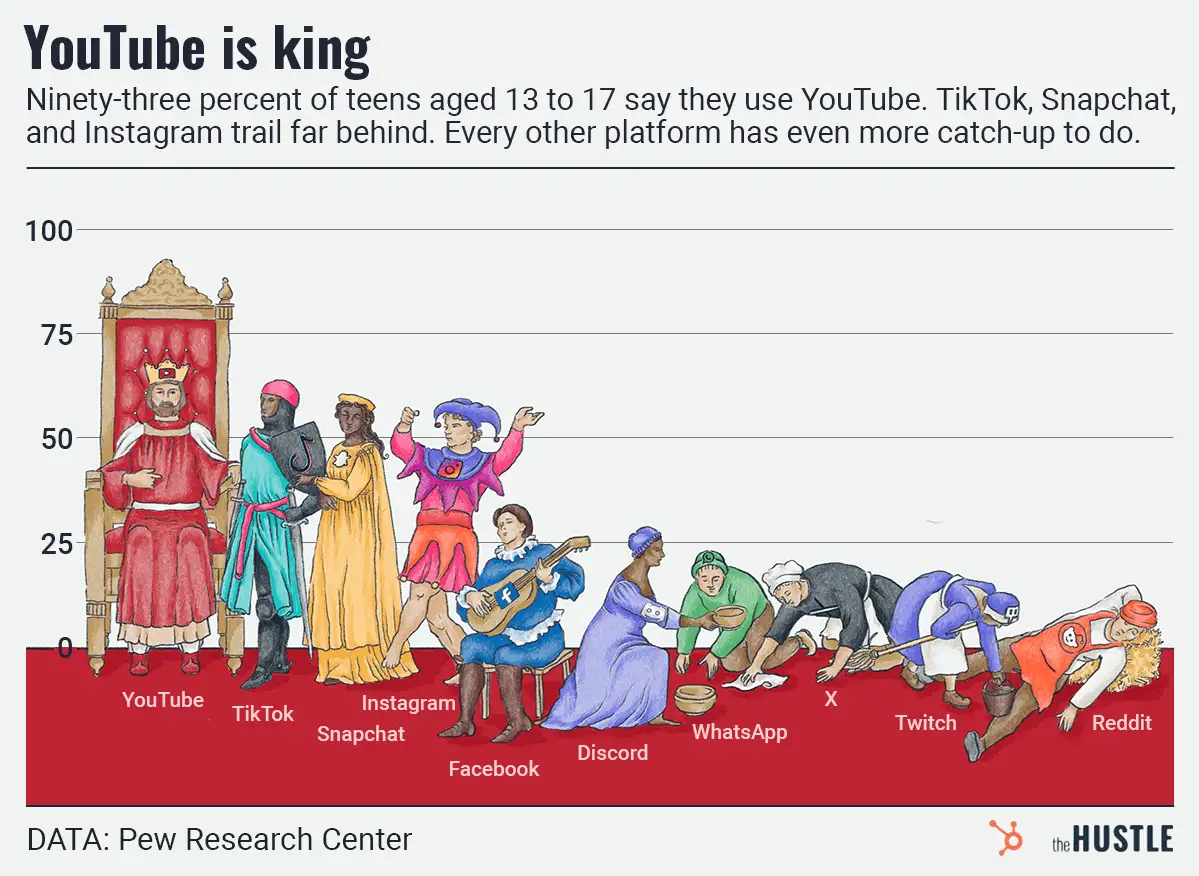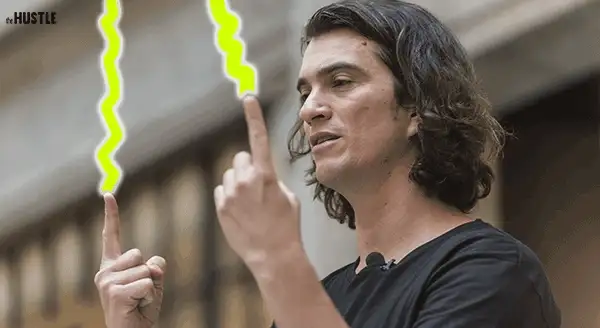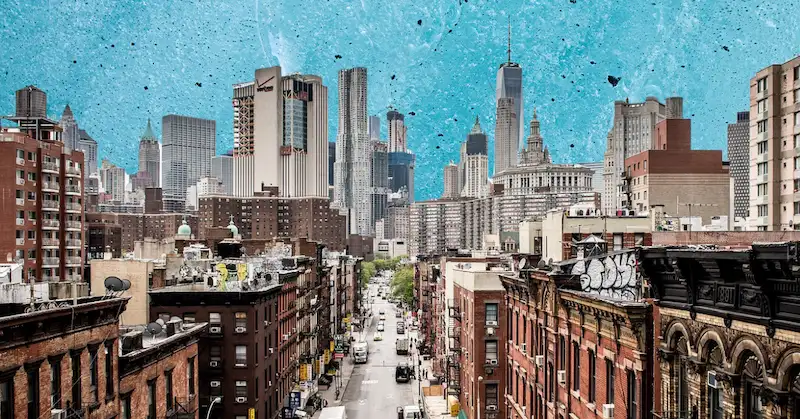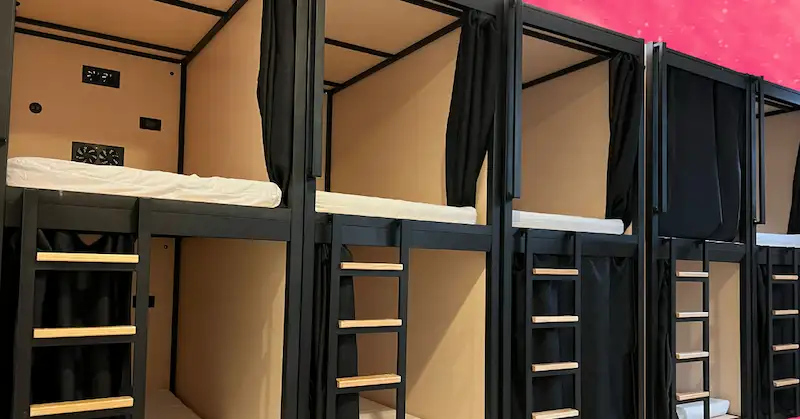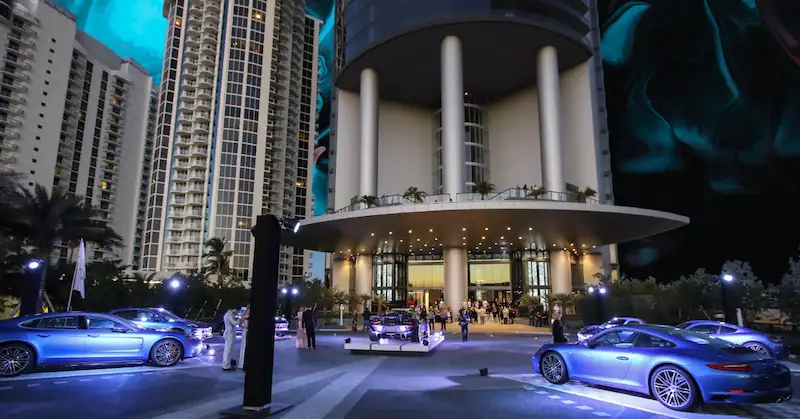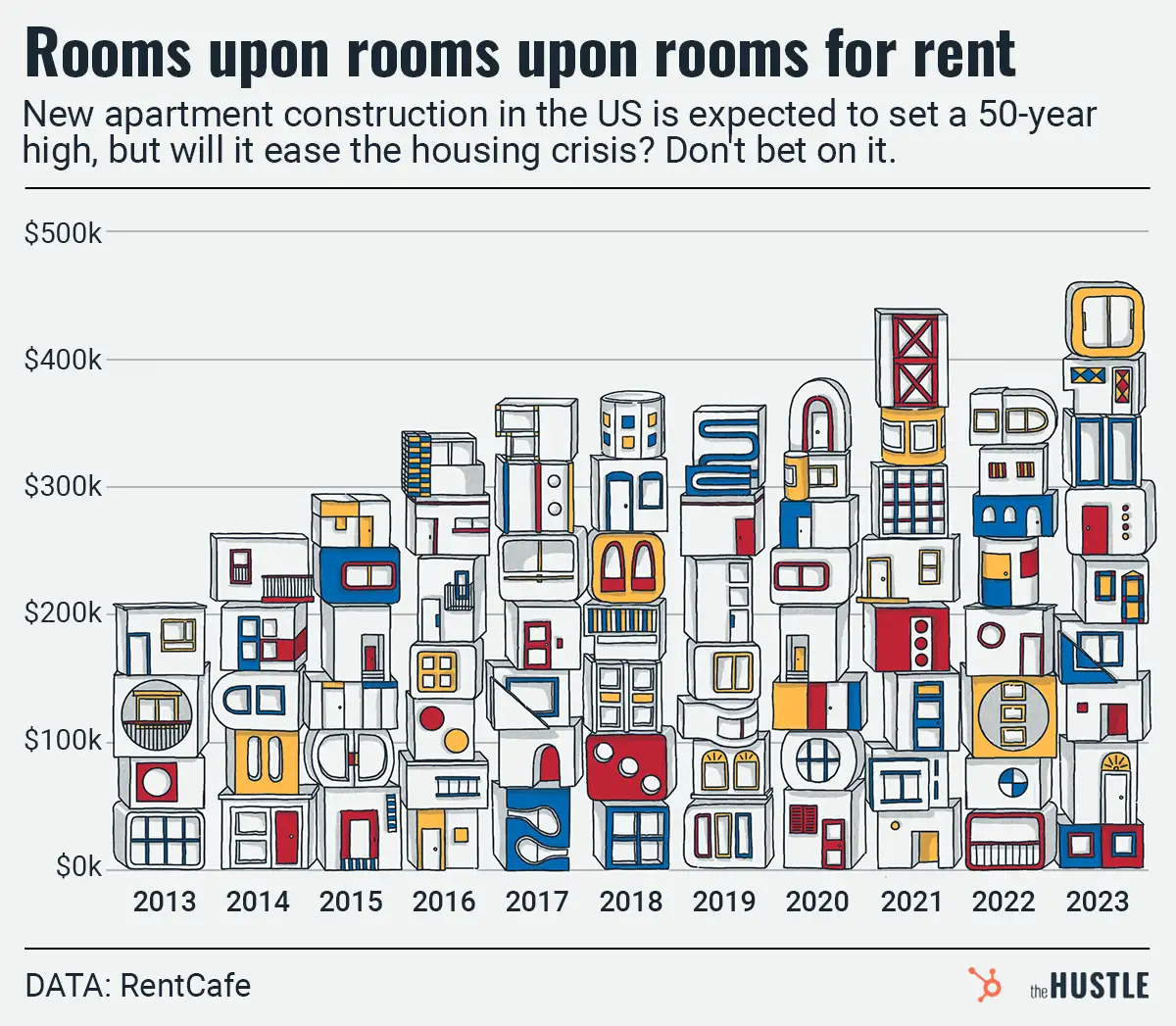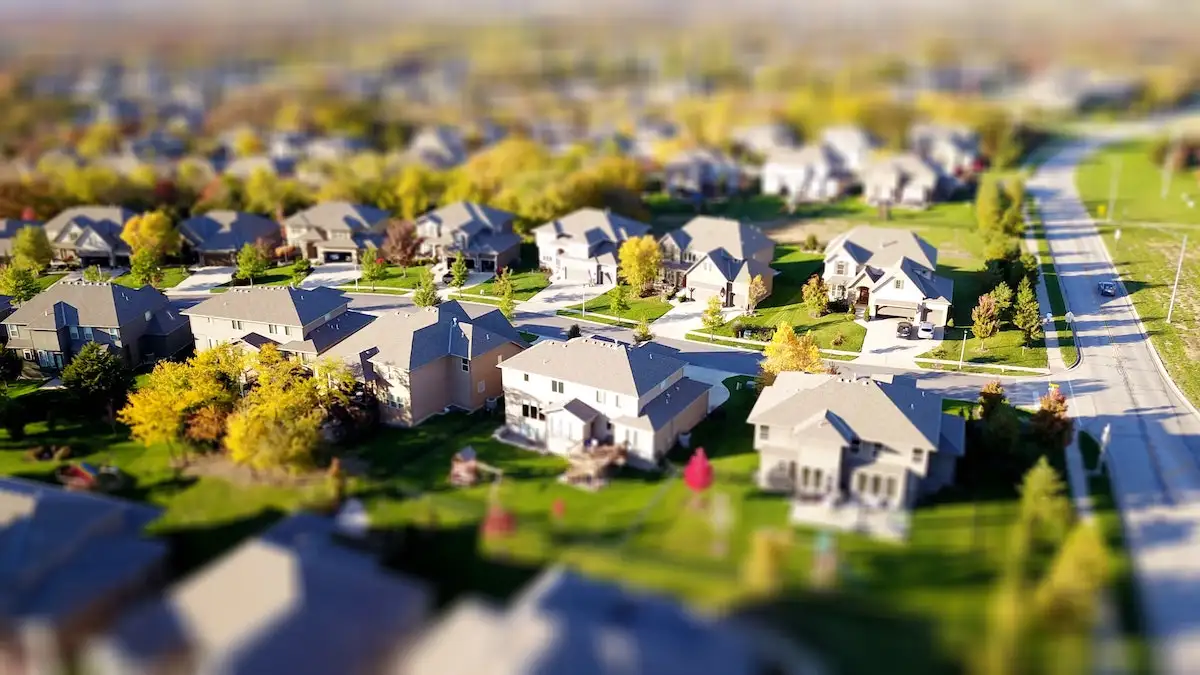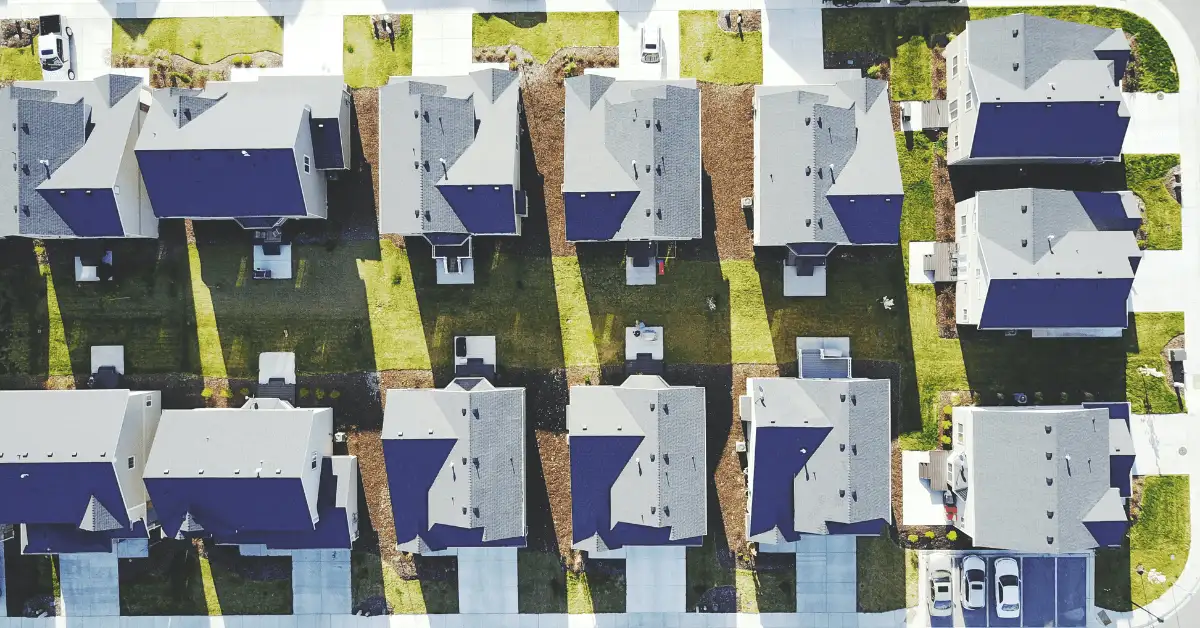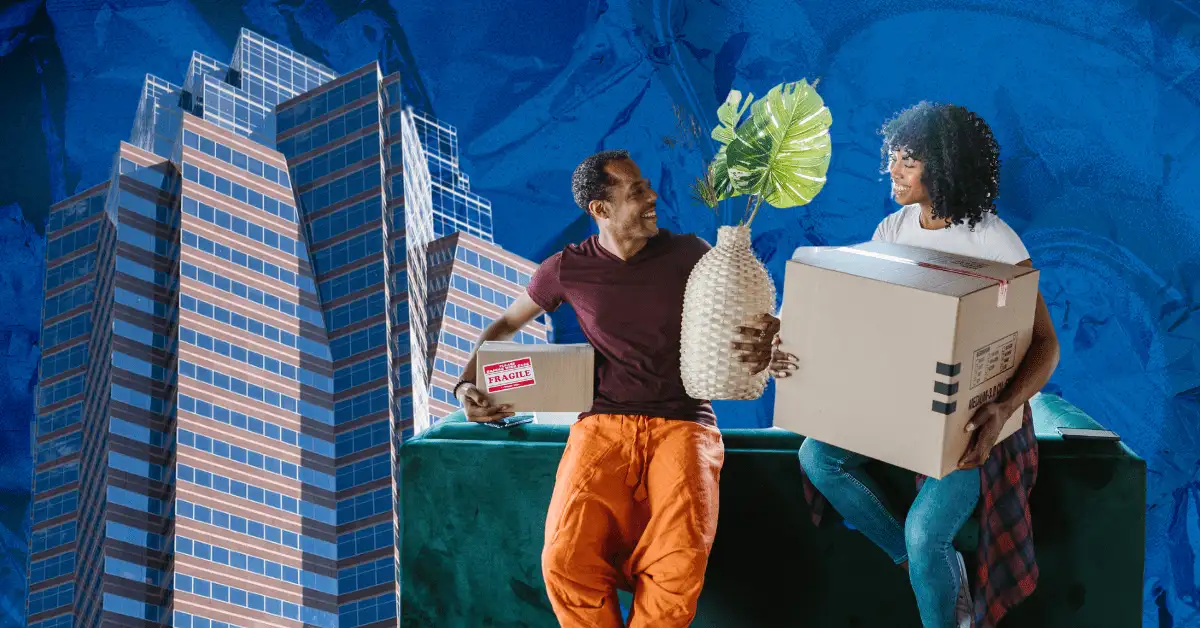“Leverage is knowing that if someone had all the money in the world, this is what they’d buy,” professes John Dutton, the Montana mega-rancher played by Kevin Costner in “Yellowstone.”

Ain’t that the truth. As Paramount’s hit show has soared, so have Montana’s housing prices.
And while not a direct cause and effect, Montana’s TV allure may well have heightened a dire crisis in America’s third fastest-growing state.
First, some context
The season four finale of “Yellowstone” in January was the most-watched show on cable since “The Walking Dead” season three premiere in October 2017. It grabbed ~9.3m viewers, an 81% jump over season three.
- The success is reflected in Costner’s payout: $500k per episode in season one, $1.2m by season four.
The show’s been such a draw to Peacock, which owns the streaming rights, that “Yellowstone churn” now describes people who signed up for Peacock, watched it, then left.
It’s kinda good for Montana
One study found season four’s production created 527 permanent local jobs and brought businesses $85.8m in new spending, excluding the Montana ad that is “Yellowstone” itself.
- Likely boosted by pandemic trends, Montana’s economy grew 6.7% in 2021, ranking seventh for largest growth rate in the US.
But it’s also bad for Montana
Locals are getting priced out as wealthy city folk move in:
- The median price for a condo in Bozeman was up 61% YoY in April.
- Habitat for Humanity called the situation a “housing crisis.”
- CNBC reported that locals are moving into vans and tents. It also detailed a cultural divide festering between locals and wealthy newcomers.
This all reminds us of a “Yellowstone” scene where Kayce Dutton’s son asks him to explain what a “transplant” is, referring to the wealthy people moving into town.
“It’s a person who moves to a place, and then they try to make that place just like the place they left,” he says.

